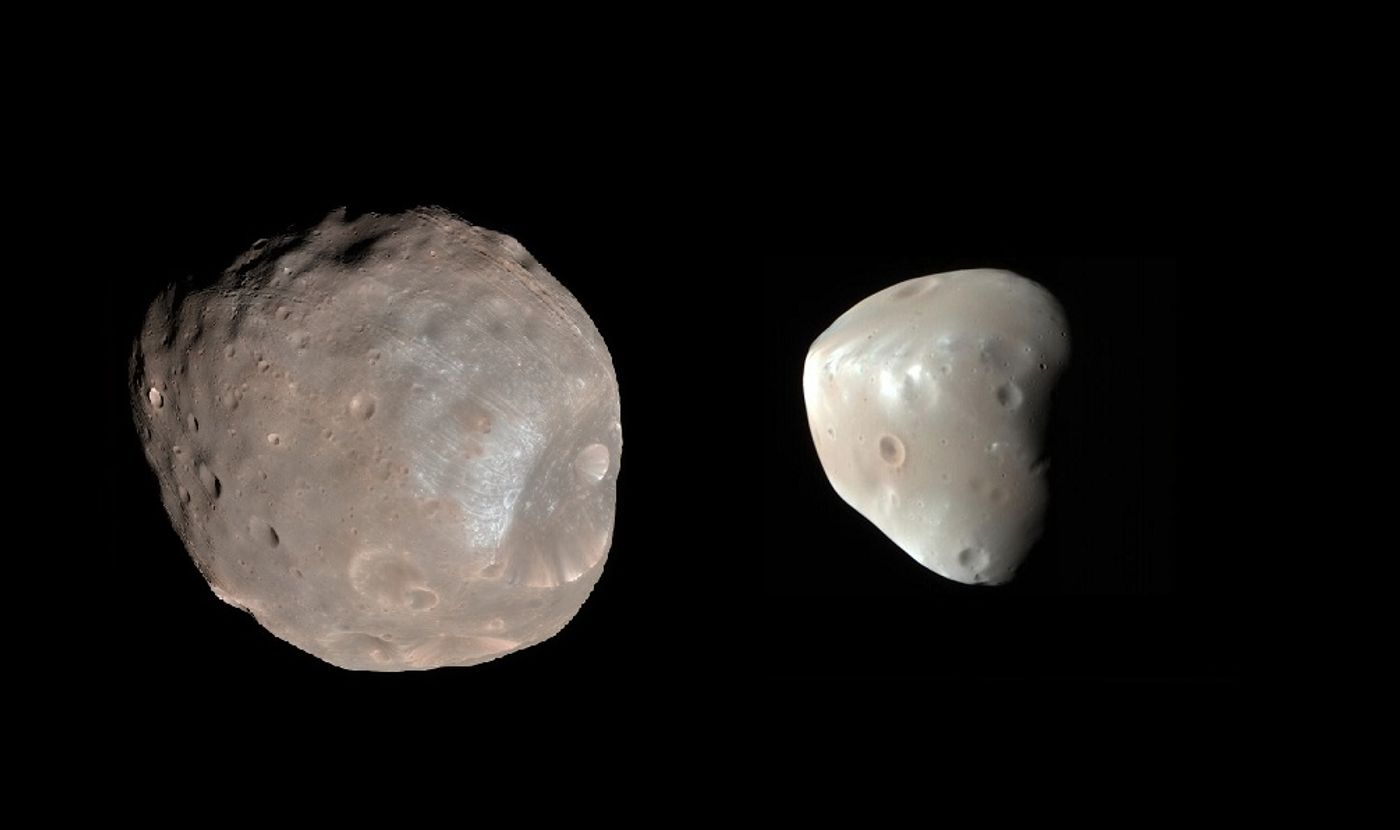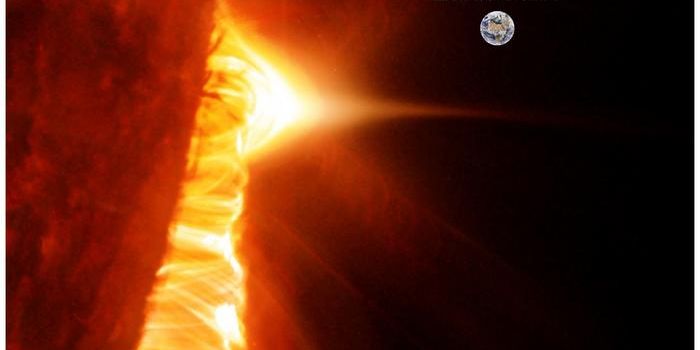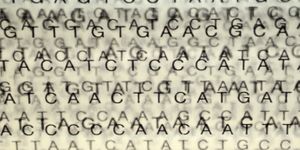How Did Mars' Moons Really Form?
Mars has two known moons: Deimos and Phobos, but how the red planet received these moons is a mystery to scientists.

They’re not nice and round like the Earth’s Moon is; instead, they’re completely different in size and shape from one another.
Because of this, astronomers have long thought that they might have once been asteroids that were caught up in Mars’ gravity, but a new theory has surfaced because the asteroid theory doesn’t quite add up. If it were an asteroid, chances are it wouldn’t have such a defined circular orbit, but rather an ovular one.
The new theory, which was first revealed at the 47th Lunar and Planetary Science Conference, is that the moons of Mars may actually be remnants from a collision that occurred on the red planet.
After the collision, material would have been spewed into space, surrounding the red planet. This would have included several other moon-like satellites. Dust disks would have formed, and gravity would have slowly clumped that material together to form what we know today as Deimos and Phobos.
“The idea is that Phobos and Deimos are the only two survivors of a once much larger population of satellites,” said Julian Salmon of the Southwest Research Institute in Boulder, Colorado to NewScientist.
An object is estimated to have been the size of roughly Pluto in order to spew enough material into space to form the moons we know today. It would have had about 3% of the mass Mars did, and would have sent almost 1/1000th of Mars’ planetary material into orbit.
Computer models were used to generate the possible collision that would have formed these moons, and it also allowed scientists to study other strange characteristics about the red planet, such as its fast rotation and stark differences in elevation.
“It makes sense to think about a big impact for Mars,” Salmon said.
Combined with the findings of atomic oxygen and flowing water on Mars, researchers are currently making strides in understanding the red planet and how it may have formed and became what it is today; a desolate wasteland.
Source: NewScientist








